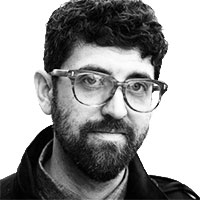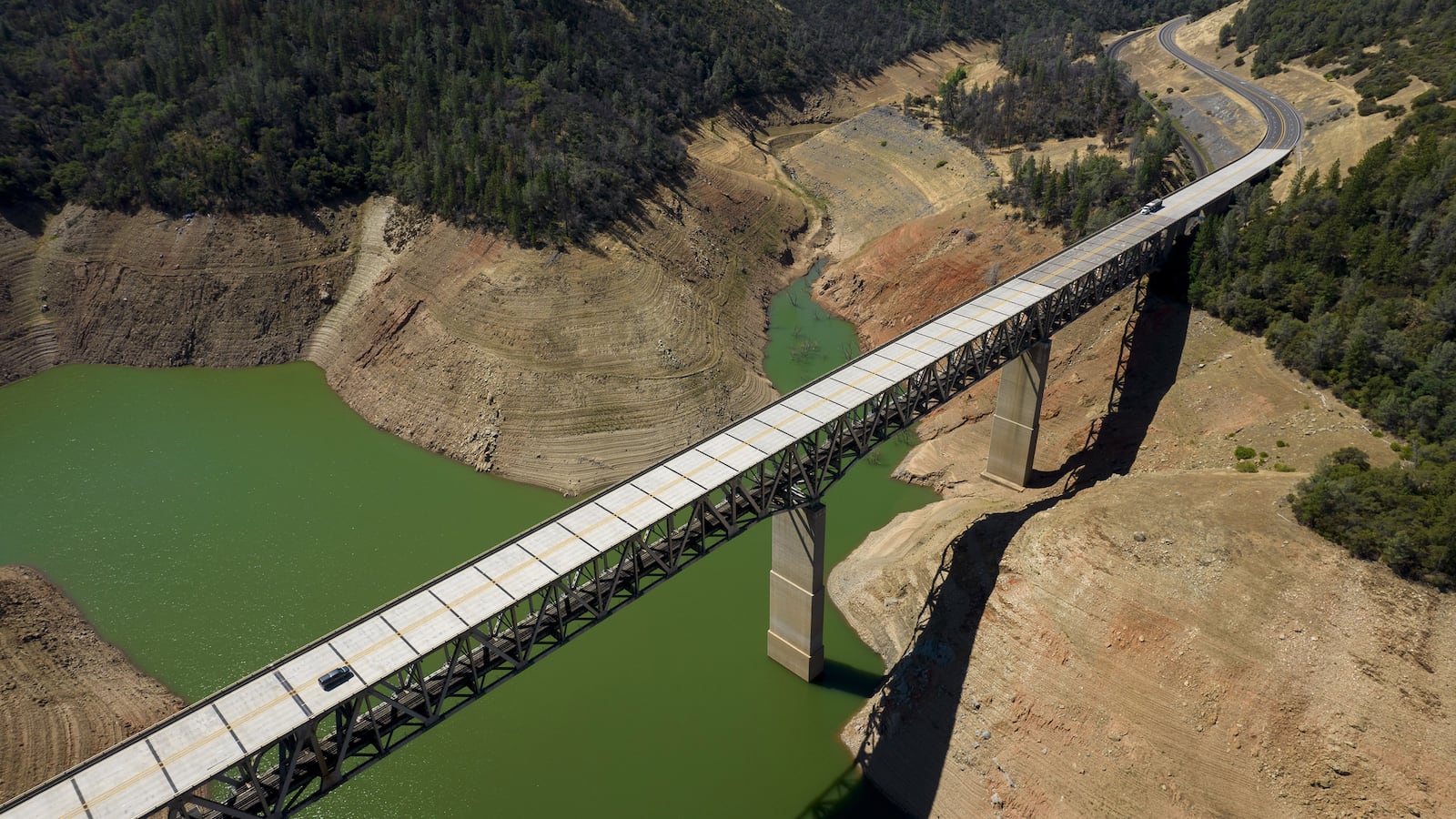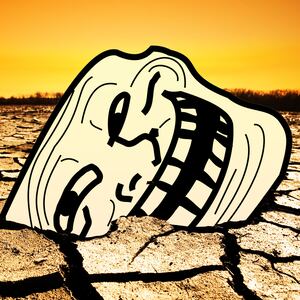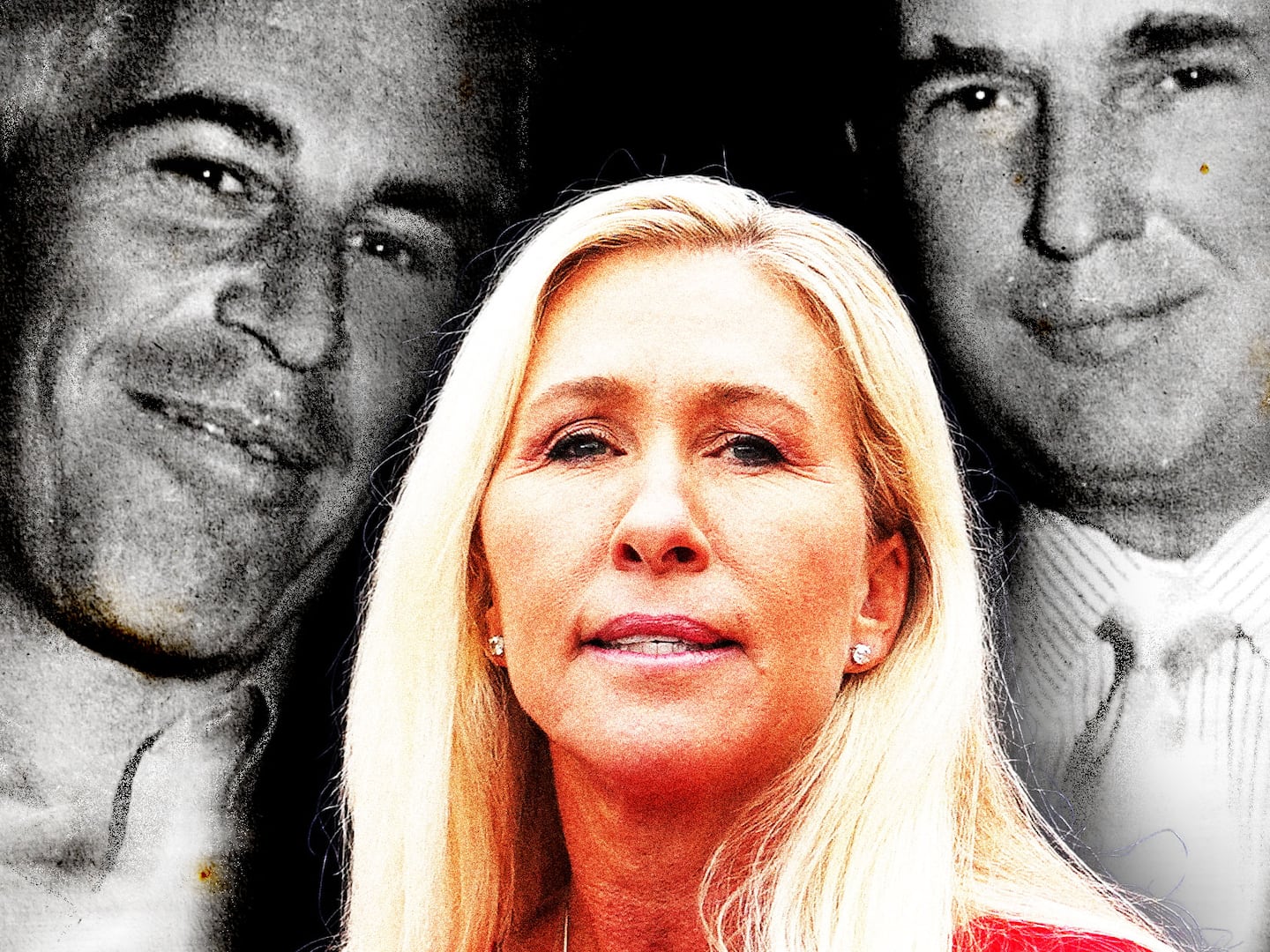The rainy season in California has come and gone. Now, most of the larger Southwest region of the United States is in the throes of a record-breaking dry spell.
So what? Some Americans might say. With a pandemic easing and life seemingly returning to normal, millions of people might prefer to think about, well, having fun.
But this drought is no long-term, theoretical problem—and from the potential for another nightmare fire season to literal battles over water, experts are downright freaked out.
Inez Fung, a professor of atmospheric science at UC Berkeley, told The Daily Beast she has equipped her home with indoor and outdoor air quality monitors, three portable air filtration units, and a stockpile of N95 masks. All are in anticipation of drought-fueled wildfire.
Long before they were a staple of pandemic life, the masks were a regular purchase on the West Coast during fire season, when air quality becomes a potential health issue. And now that fear is in overdrive.
“My runaway bag is by the backdoor,” she said.
In a world where conversations about science often get mired in pointless, bad-faith arguments, pitting cynical science denial against overheated science-based panic, it’s sometimes helpful to stare at tables of raw data. And the public hydrological data for California—to name just one state caught up in the drought—are horrifying.
Look for yourself, and you’ll see that, well, the water supply is down, no matter how you measure it. Measurements of reservoir storage, snowpack, and precipitation are all low in the dozens of places they’re measured (Yosemite, which saw low rainfall this season, but more than it saw last year at least, seems to be the lone exception that proves the rule).
The University of Nebraska-Lincoln’s drought monitor map is even scarier: blobs of “severe,” “extreme,” or “exceptional” drought cover nearly three quarters of the western United States. And experts say the numbers are exactly as ominous as they might appear.
“Am I scared? You betcha,” said James Holland Jones, associate professor of Earth system science at Stanford whose research focuses on human ecology, or the ways humans interact with their environments.
For starters, he, too, is worried about fires. “It’s hot and dry and it’s only June,” Jones told The Daily Beast.

Utah’s Lake Powell is currently at 34.56 percent of capacity, a historic low.
Justin Sullivan/GettySince the pandemic and the election dominated the headlines in 2020, some may have only a fuzzy recollection of a record-obliterating wildfire season in which 4.3 million acres—an area larger than Connecticut—burned in California alone, and the sky over San Francisco turned such an other-worldly shade of orange that iPhone cameras couldn’t document it. No one has a wildfire crystal ball, so 2021 could be a relatively calm year for fires, but that would probably not be a wise bet—particularly not as temperatures in Washington and Oregon were expected to soar, remarkably, into the 110s this weekend.
There are, Jones added, “almost certainly” more dead trees to burn this year than in 2020. “It’s disturbing how many dead trees there are around the Stanford campus, and we have a very active and excellent team of arborists!” he said.
Jane Baldwin, an atmospheric researcher at Columbia University’s Lamont-Doherty Earth Observatory, noted that droughts “make heat waves worse, because when the surface is very dry, it can’t cool itself by evaporation as easily,” which has negative consequences for “health, agriculture, and energy supply.”
To anyone who has lived in the western United States for the past few decades, some of this drought stuff might have started to sound normal by now.
Karen McKinnon is a scientist in the statistics department at UCLA’s Institute of the Environment and Sustainability, and knows more about the trendlines in southwestern drought patterns than just about anyone. So she explained why people shouldn’t get complacent just because they’ve been hearing the word “drought” on the news their entire lives.
“Despite that decades-long trend,” McKinnon said, “this drought is concerning because nearly the whole western U.S. is classified as being in a drought, which is anomalous even for the past (hot, dry) two decades.”
McKinnon studies large-scale climate variability and change, and a recent paper she co-wrote with Andrew Poppick and Isla R. Simpson demonstrates that summer humidity in the Southwest decreased over the second half of the 20th century and into the 21st—and that the hottest days were also the driest. So the trend is toward more heat, but alongside that heat, so far, there’s been more dryness, and with that dryness, there’s been more risk for fires.
“Due to the dry land surface,” she said, “even before this recent heatwave, vegetation aridity in California was extremely high, which is a warning sign for wildfire severity in the upcoming season.”

Lake Mead, North America's largest artificial reservoir, this month dropped to its lowest level been since being filled in 1937 after the construction of the Hoover Dam.
Ethan Miller/GettyFor even worse news, we have to look a little closer at the conditions on the ground that fuel Southwestern fires, and the way they can compound one another. Christopher Field, also of Stanford, who studies what the college calls “ecosystem responses to global climate change,” including changes in plants, believes the present situation to be an “especially serious” one.
“A tree that can tolerate a year or two of serious drought can die in a third year,” he said.
And given that we’re in a long-term drought, it’s safe to say a lot of last year’s thirsty trees are this year’s dead trees. Then, as we saw last year, multiple fires happen at the same time, and a fire that might have been manageable in the past could become a lost cause.
As Field put it, “a firefighting unit... has options when it can focus resources on one or a few fires, but it has a lot fewer options when there are 50 or 100 fires at once (and fires in other jurisdictions at the same time).”
Alongside the fires, this year we will also face what Jones called the “social consequences” of a drought this severe.
“When things are as bad as they appear they are going to be, there is a strong chance of conflict,” he said. “There are a lot of competing interests for land, water, and financial resources throughout the West, and a major drought is likely to be a choke point where the trade-offs between these different interests come due.”
If you’ve ever seen Chinatown, you’ve seen a small sample of this. Los Angeles was built on a parched section of Southern California, and exists because it draws water from the Owens Valley to its north, and the Colorado River to its east.
“The Colorado River system drains a very large area,” said Alex Hall, a professor at the Department of Atmospheric and Oceanic Sciences at UCLA. “It was already in severe water deficit before the current drought, and it looks to be headed towards the first official water shortage declaration in its history.”
“In a widespread drought like the present,” Field added, “both the Colorado Basin and Northern California have decreased ability to provide water to Southern California.”
What this sort of thing literally means is that someone who needs water—usually to support an agricultural company—butts heads with an authority like the federal government, when it’s announced that some reservoir is too dry to release any more water. So an organized group of farming sector business operators might threaten to simply smash open a reservoir. Such a threat has been percolating since at least May at the Klamath Project in Southern Oregon and Northern California. The situation has not yet been resolved.
“We need to come together as a society right now, not just for the drought and fire conditions in the West, but for the flooding in the Midwest and South, the vulnerability to increasingly wet storms in the East and South, and the general economic and social crisis besetting rural America,” Jones said.
Arjun Heimsath, a professor at Arizona State University’s School of Sustainability who has studied watersheds in places like the Himalayas, and now lives in hot, dry Arizona, has a unique, global perspective on the situation.
That doesn’t put his mind at ease.
“Of course I’m worried, as everyone should be,” he said. In spite of the drought, and climate change in general, he said, “most of the U.S. remains fixated on continued development, keeping their big cars and trucks clean and watering their lawns.”
“The heat waves and drought,” Heimsath said, “are going to continue to get worse and worse, and ultimately make much of the West uninhabitable.”







